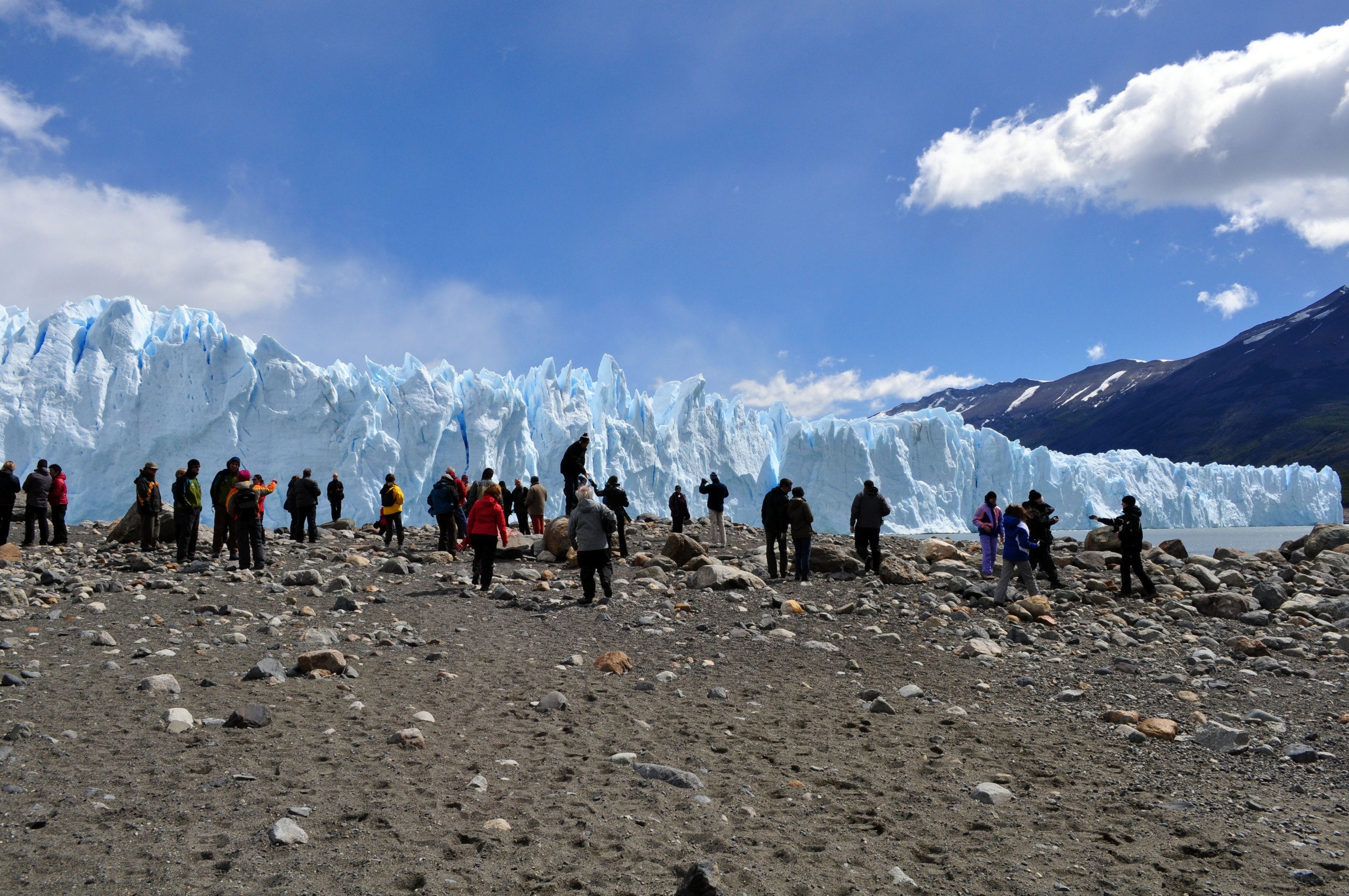As the glaciers disappear, so too will traditional ways of life that depend on them.Photo: Ana Carolina von EschWhen we describe something as moving at a glacial pace, we usually mean it progresses so slowly it’s imperceptible. Glaciers appear as permanent and unchanging as the mountains they cling to, so glacial recession brought on by rising global temperatures feels abstract, distant. But the people of the Andes feel glacial movement each season, and it already affects their lives in swift and devastating ways — depleting local water supplies, sending people packing for the big city, and damaging cultural traditions that for centuries have depended on those seemingly permanent rivers of ice.
Glacial Balance, a documentary in the works by director Ethan Steinman, looks at the human toll taken by the glaciers’ disappearance. “I was more interested in people’s stories and how this was affecting them,” Steinman says. He mentions a village in the south of Bolivia where the Uru Chipaya — “water people” according to legend, and one of the oldest civilizations in the Andes — are watching their younger generations flee to the cities now that the stream which served as the town’s water supply has dried up. “There’s no future for them there,” Steinman says. He pointed out a man in a baseball cap in the film’s trailer and explained that he and his fellow Uru Chipaya can no longer wear their traditional clothing because their animals are too sick to produce enough wool.
“It’s affecting basic survival,” Steinman said. “It’s causing life to be more difficult on a day-to-day basis. People from smaller communities can’t get by anymore, so they’re going into cities, and they put a strain on the system because the cities aren’t set up for this huge influx of people.”
Steinman hopes to show that the crises caused by disappearing glaciers already have a human face. Images of swimming polar bears elicit distress, especially from animal lovers, but human suffering is empathetic on a more mass scale. “I know people who are interested in climate change and activism and I think we’ll be able to reach that public, but I want to reach other people who wouldn’t necessarily consider this something important in their lives,” he said.
In August, Steinman heads to Ecuador and Colombia to see how the affects of glacial recession are playing out in those countries. Check out the trailer for Glacial Balance here.
Inspired? Incensed? Consider lending your support to Steinman’s project.


